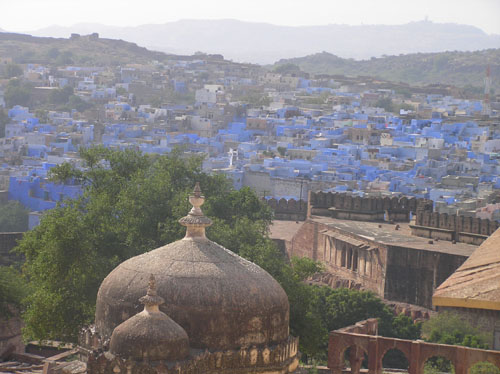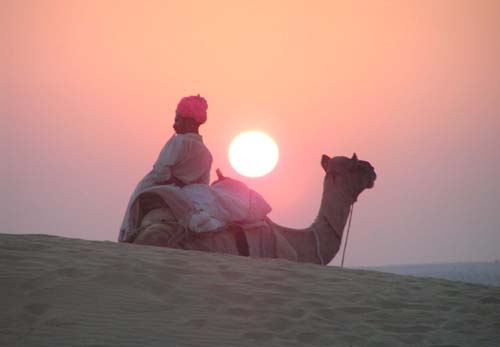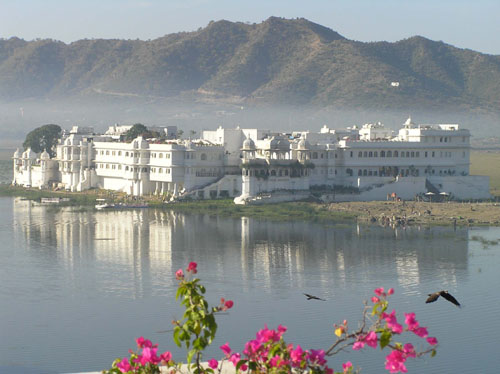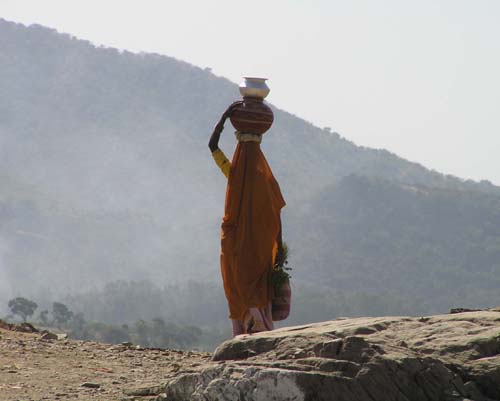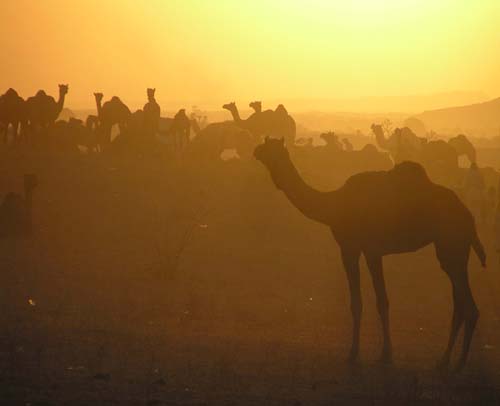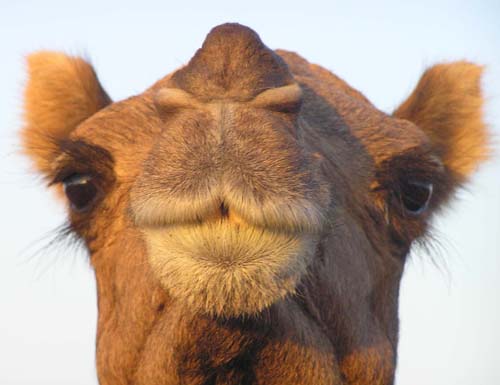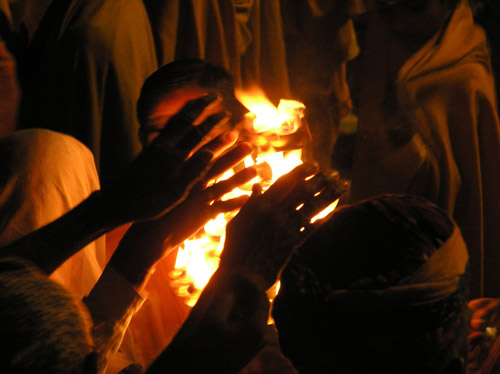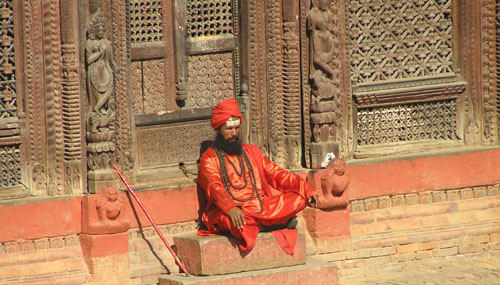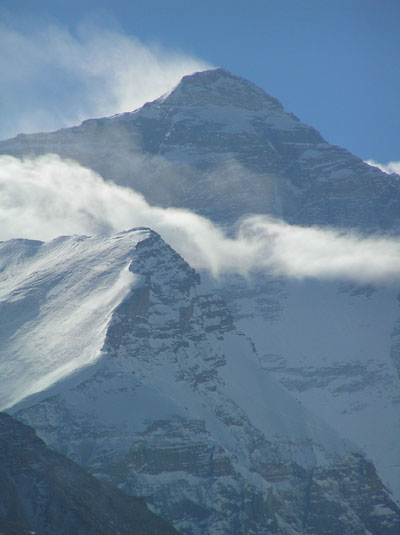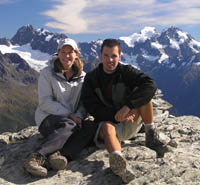What happens when eight strangers, two drivers, and a guide, all of whom speak different languages, spend nine days in two ancient Toyota Land Cruisers, covering more than 1,000 kilometers over rutted four-wheel-drive “roads” at elevations exceeding 17,000 feet?
They have the experience of a lifetime, and become fast friends.
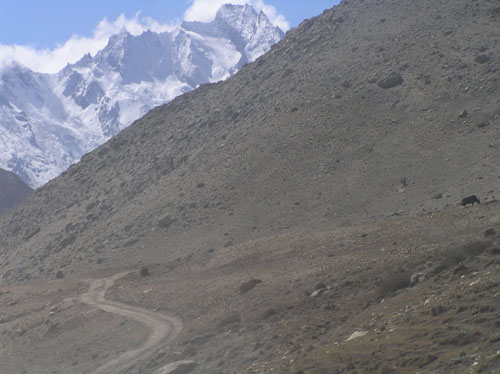
The cast:
Carolyn and Philippe from France
Edith and Maarten from Holland
Vanessa and Wilco from Holland
Lynn and Scott from the U.S.
Sonam – Tibetan guide
Gosan and Thalie – Tibetan drivers
The 11 of us set out from Lhasa on October 23rd. Our destination was the Nepali border, but like most things in life, the journey was much more important than the destination. We intended to see Tibet, meet its people, and learn the nuances of its culture.
Although each day had similarities, every sunrise exposed another layer of a fantastic journey into the heart of Tibet. Typically, we drove some distance over nearly impassable roads each day, and explored a monastery or village before finding a place to sleep for the night. With a couple of exceptions, most of our accommodations were simple guesthouses, with attached “restaurants.” There was no heat in the guesthouses, save the few restaurants with a yak-dung stove, a serious consideration on the cold, windswept Tibetan plateau. You can forget about running water.
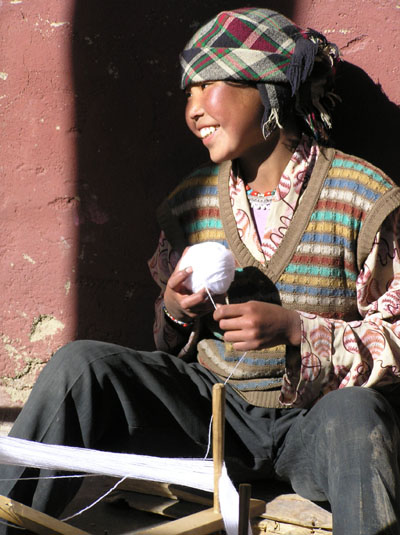
We played with Tibetan children, drank Chang (barley beer) with local residents, and watched skilled butchers eviscerate goats in preparation for sale. We spent one night in a Tibetan schoolhouse, sleeping in a small storage room with a dirt floor. We ate in restaurants where there was no menu – to order you walked into the kitchen and asked for your sustenance. We visited Rongphu, the highest monastery in the world, and the important monastic center of Tashilhunpo – home of the Panchen Lama. We even spent a surreal evening huddled in the dark around a yak-dung stove, listening to Tibetans sing along with a garbled live version of Hotel California on a car-battery-powered boombox.
We spent three and a half days trekking 66 kilometers to the Tibetan Everest Base Camp, and were inundated with flush views of the highest peaks in the world. The names are legendary: Makalu (27,817 feet), Lhotse (27,916), Everest (29,021), Gyachung (25,984), Cho Oyu (26,741), Gauri Sankar (23,432), Melungtse (23,534), Shisha Pangma (26,279), and Langtang Lirung (23,766).
Our route included the following towns and sights:
Lake Yamdrok-tso 14,720
Gyantse and Pelkor Chode Monastery 12,956
Shigtse and Tashilhunpo Monastery 12,792
Sakya and the Sakya Monastery 14,038
Shegar 13,284
Pang-la Pass 16,793
Tashi Dzom 13,054
Cho Dzom 13,710
Rongphu Monastery 16,334
Everest Base Camp 17,056
Tingri 14,399
La Lung-la Pass 16,806
Tong-la Pass 16,793
Zhangmu – Nepal Border 7,544
As the road dropped off the edge of the Tibetan Plateau, our world changed dramatically. Gone were the high peaks and the barren Tibetan plains, replaced by a lush jungle and thundering waterfalls. As we neared the border, influences of the Indian subcontinent slowly revealed themselves. The sweet scents of spice and curry replaced those of yak and goat, and the culture took on a distinctive Indian flair.
As we neared the end, we looked at each other knowingly. The past nine days were not always easy, comfortable, or pleasant, yet we soaked in a culture many never see. The scenery, people, and experiences were simply spectacular, and we came away with the added bonus of a great group of international friends. The Friendship Highway through Tibet is, without a doubt, one of the world’s great journeys.
Enjoy the
Friendship Highway Photo Gallery.
